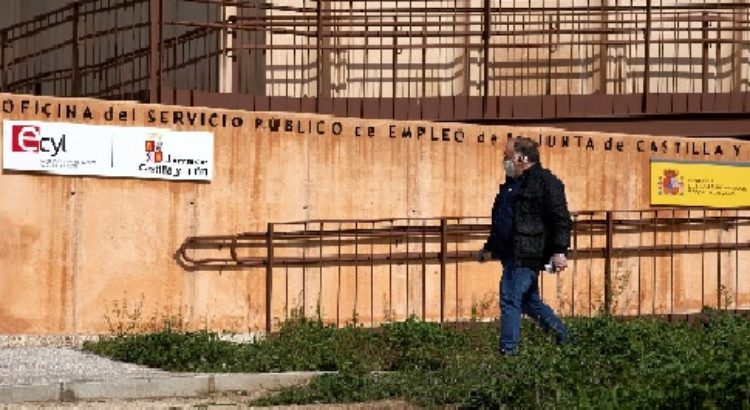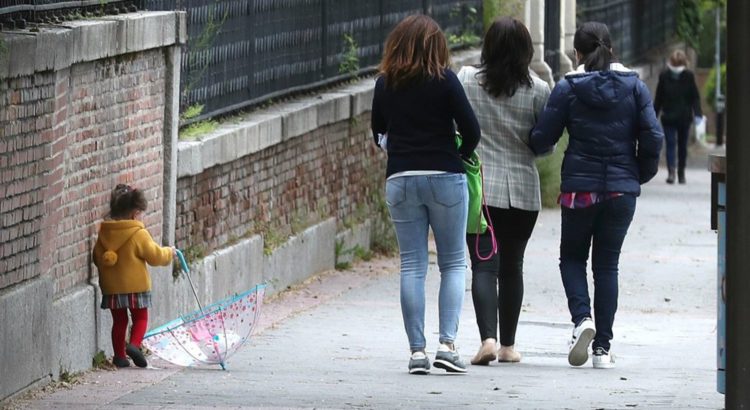Europe / Spain / 04/29/2020 / Author: Manuel V. Gómez / Source: english.elpais.com
While the first quarter of the year is never good, temporary layoffs and confinement have made things harder for workers and job seekers alike
The year is off to an even worse start than usual for the Spanish labor market. If the first three months of the year are never good for employment, the added effects of the coronavirus crisis have compounded the problems.
Employment figures fell by 285,600 people between January and March, according to the EPA active workforce survey released on Tuesday by the National Statistics Institute (INE). That is the greatest drop since the recession of 2012.
The number of people claiming jobless benefits grew by 121,000 during this period, pushing the unemployment rate up a few tenths of a point to 14.4%, more than twice the EU-27 average of around 6.5%.
The unemployment figures do not include the workers who have been sent home as part of a temporary layoff scheme known as ERTE
But the INE warns that it is likely that many people who lost their job have been classified as inactive – neither employed or actively seeking employment – because of the difficulties of meeting the EPA’s definition of active job search during the confinement period. There has been an unprecedented surge in the inactive population during the first quarter of the year, meaning that if some of these people are in fact job seekers, the unemployment rate could be higher than what is reflected by the statistics.
The Spanish statistics bureau also notes that the unemployment figures do not include workers who have been sent home as part of a temporary layoff scheme known as ERTE, which numerous companies have resorted to during the coronavirus crisis. For statistical purposes, these individuals are considered to be in employment. The temporary layoffs and work hour reduction schemes have affected 562,900 people, a much higher number than in previous quarters.
The bad figures are the combined result of the coronavirus crisis and the nature of the Spanish job market. January always brings higher jobless figures as the Christmas season comes to an end, and it is not until March that the tourism industry starts to gear up for Easter. But the lockdown introduced in mid-March has ended this year’s tourism season even before it began, while many other sectors of the economy have also ground to a halt.
IBERIA TO RECEIVE FINANCIAL AID
The Spanish government is preparing urgent financial aid to help Iberia airline deal with the economic fallout of the coronavirus crisis. The aid to Iberia, which is 100% owned by the International Airlines Group, will be presented in the form of soft loans, guaranteed by Spain’s Official Credit Institute (ICO).
English version by Susana Urra.
Source and image: https://english.elpais.com/economy_and_business/2020-04-28/coronavirus-compounds-spanish-job-market-woes.html









 Users Today : 88
Users Today : 88 Total Users : 35459994
Total Users : 35459994 Views Today : 124
Views Today : 124 Total views : 3418589
Total views : 3418589